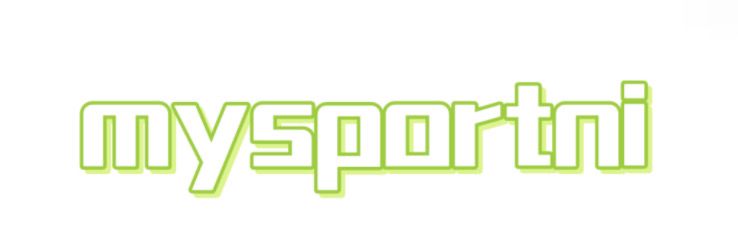10 Key Questions on Cloud Computing Essentials
In today's digital landscape, cloud computing has transformed how organizations operate by providing adaptable resources and enhancing flexibility. Despite the widespread adoption of this technology, numerous questions remain for many users. Drawing on insights from a recent survey conducted on various online platforms, we have compiled the ten fundamental questions about cloud computing that every user ought to grasp.
1. What Exactly is Cloud Computing?
Cloud computing refers to the provision of computing services via the internet. This encompasses data storage, processing capabilities, and software applications, enabling users to access resources on demand without relying on physical hardware.
2. What Categories of Cloud Services Exist?
There are three main categories of cloud services:
Infrastructure as a Service (IaaS)
IaaS delivers virtualized computing resources over the internet. Users can lease IT infrastructure like servers and storage space on a pay-per-use basis.
Platform as a Service (PaaS)
PaaS provides hardware and software development tools over the internet, typically utilized for application development, allowing developers to create applications without the hassle of managing the underlying infrastructure.
Software as a Service (SaaS)
SaaS offers software applications that can be accessed online, negating the need for installation or ongoing maintenance. Examples include platforms such as Google Workspace and Salesforce.
3. What Advantages Come with Cloud Computing?
The advantages of cloud computing are plentiful, including:
- Cost efficiency
- Scalability
- Improved collaboration
- Automatic updates
4. What are the Potential Risks of Cloud Computing?
Despite its many benefits, cloud computing comes with certain risks, such as:
- Concerns regarding data security
- Potential downtime and service interruptions
- The possibility of vendor lock-in
5. How is Data Security Maintained in the Cloud?
Cloud service providers undertake various security measures, including data encryption, access management, and frequent security assessments to protect data. Nonetheless, users also have a vital role in safeguarding security protocols.
6. What is a Multi-Cloud Strategy?
A multi-cloud strategy entails utilizing services from different cloud providers to enhance performance and prevent vendor lock-in. This method provides flexibility and resilience across diverse environments.
7. How Does Cloud Computing Influence Business Operations?
Cloud computing streamlines business agility, allowing companies to swiftly adapt to evolving market requirements while managing operational costs effectively. Organizations can also accelerate innovation by harnessing cloud-driven tools.
8. What Considerations Should Businesses Make Before Transitioning to the Cloud?
Before transitioning, organizations should carefully evaluate several factors, including:
- Compliance with data regulations
- The current status of IT infrastructure
- The training and skill levels of staff
9. What Does Cloud Migration Entail?
Cloud migration involves relocating data, applications, and other business components from an on-premises environment to the cloud. This transition can boost performance but necessitates meticulous planning and execution.
10. How Can Businesses Maximize Their Cloud Utilization?
In order to maximize cloud usage, businesses should consistently monitor expenses, ensure optimal resource allocation, and regularly assess cloud configurations. Utilizing cloud management tools can also facilitate enhanced optimization.
In summary, grasping the answers to these crucial questions on cloud computing can empower users to make well-informed decisions for their organizations. As the adoption of cloud technology continues to rise, staying informed about these developments becomes vital for future success.


